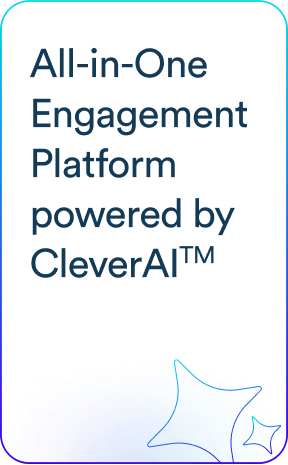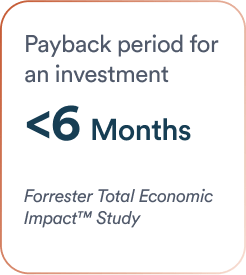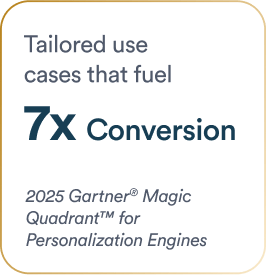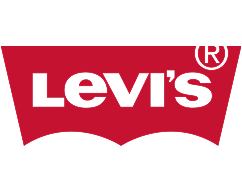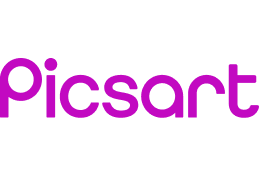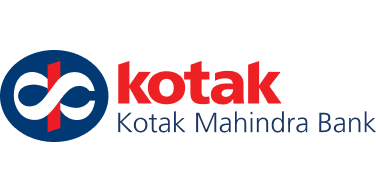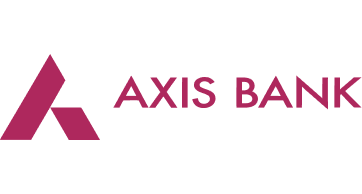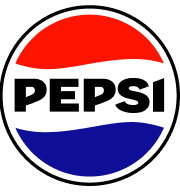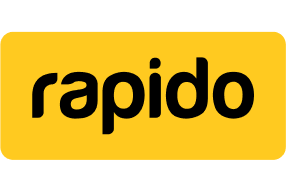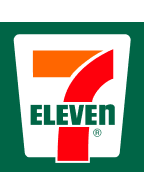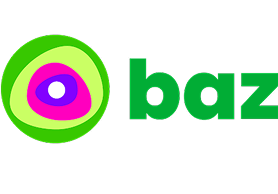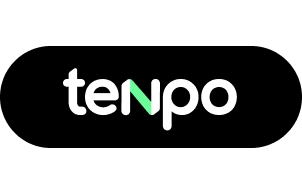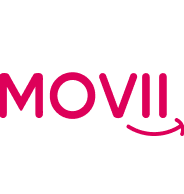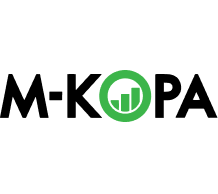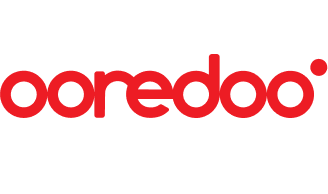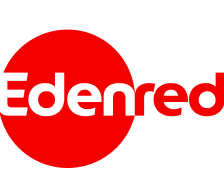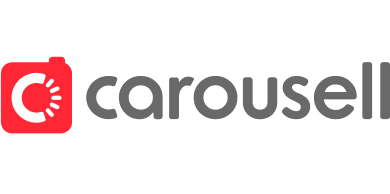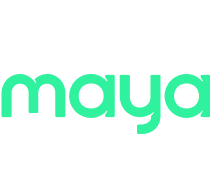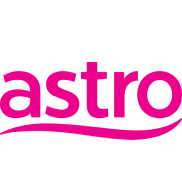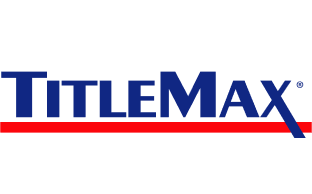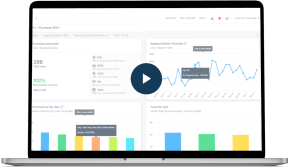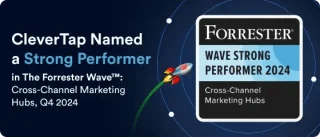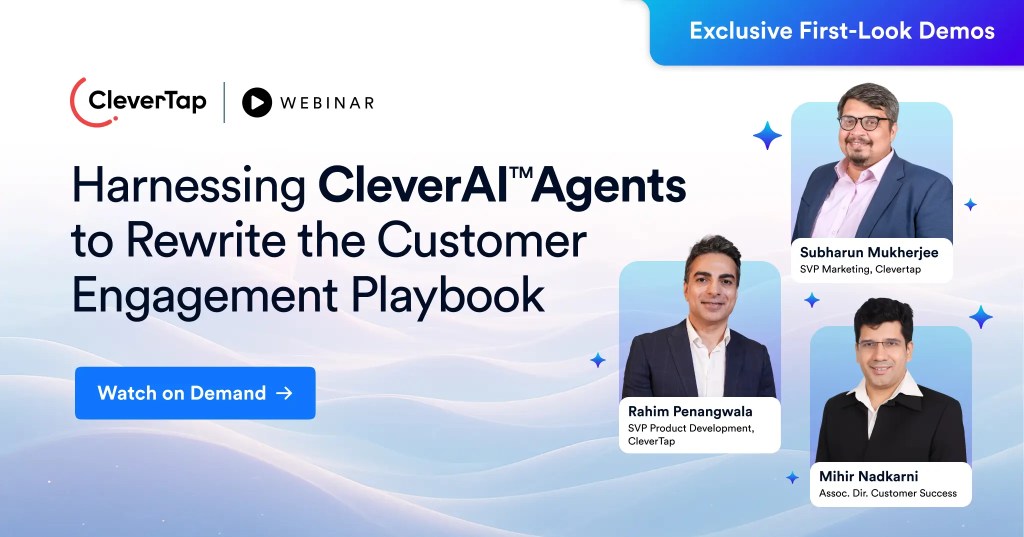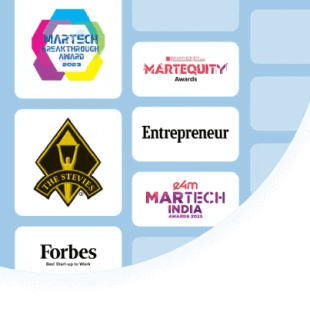A multi-agent AI system is a team of specialized AI agents. Think of it as a team of humans, each specializing in a specific craft, working together. These agents execute their tasks while continuously adapting to achieve better outcomes. They multiply humans’ output and free up time for more strategic initiatives.
When one agent finds a better approach, the others adapt to keep your campaigns humming along. In marketing, these agents design and execute campaigns while personalizing messaging for each customer, for instance, how CleverAI assists through marketing campaigns. It’s like an always-on marketing machine.
In this article, we will dig deep into multi-agent AI systems and how they benefit marketers in their workflows. As you read, you’ll have an actionable way to use these AI systems and make your processes more efficient and personalized.
What Is a Multi‑Agent AI System?
A multi-agent AI system is a collection of multiple autonomous AI programs that collaboratively work toward a common goal or individual goals. Each agent possesses a unique skill, and they communicate and coordinate with one another as an effective team.
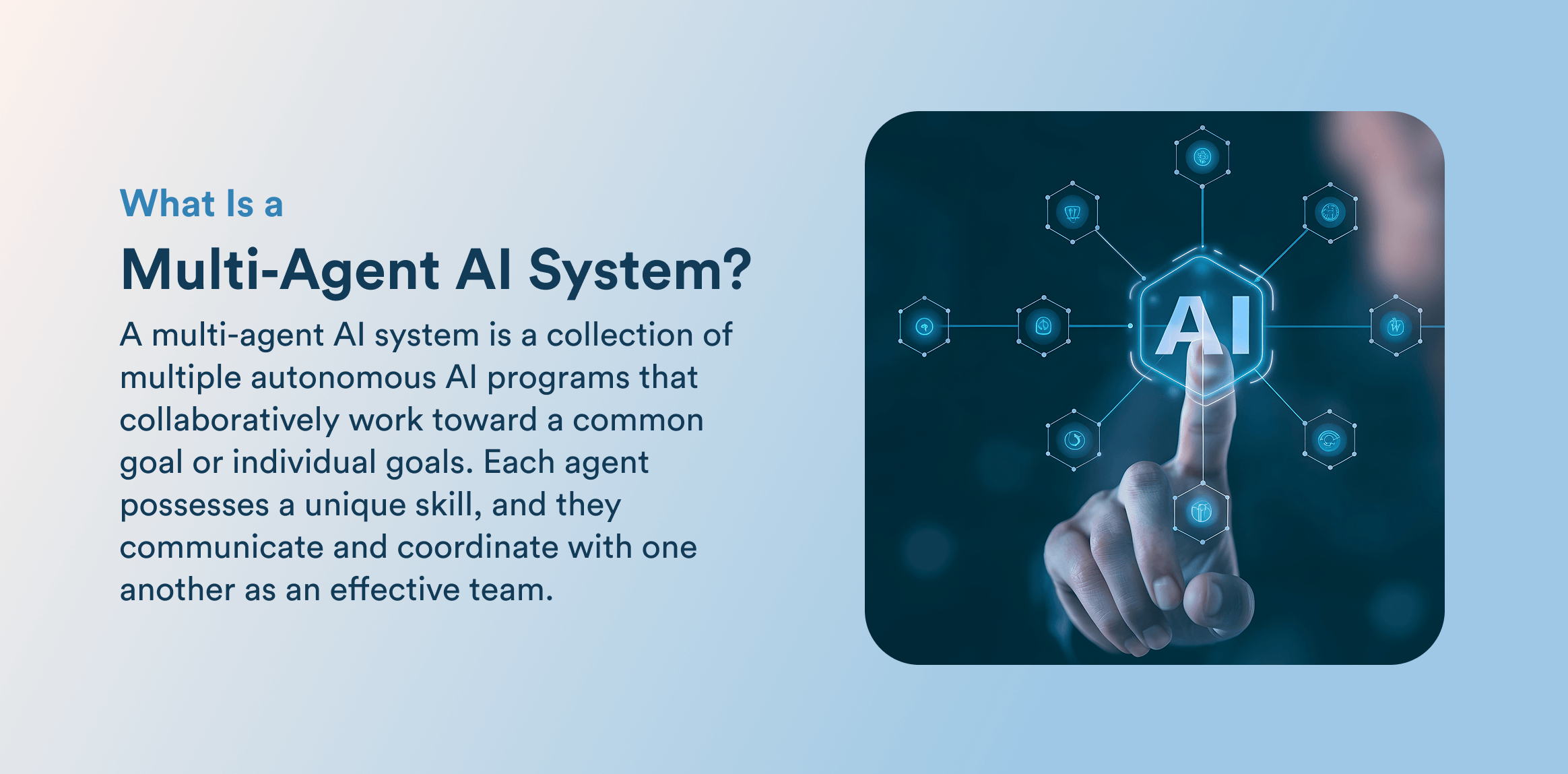
Unlike a single, all-in-one AI model that tries to do everything, a multi-agent system focuses on the key activities its agents specialize in. It ensures you get better outcomes rather than over-generalized results, especially with complex tasks or multi-step processes.
AI agents that are a part of the multi-agent AI system communicate, coordinate, and even negotiate with each other as needed. Think of them as a team of people from different departments working cross-functionally with each other.
Multi-agent AI systems have some common characteristics, including:
- Autonomy: Each agent operates independently on its assigned tasks without needing micromanagement. An agent makes decisions (within its scope) based on real-time data and its training. For instance, one content-generation agent might autonomously adjust its tone or language to fit the audience segment it’s tasked with.
- Interaction and Collaboration: Agents don’t work in isolation; they share information and results. Through defined communication protocols, they coordinate actions and pass data or requests to one another. If the personalization agent discovers a new customer insight, it informs the content agent to adjust the creative messaging accordingly. This synchronization mirrors the interplay of neurons in the brain, enabling collective intelligence.
- Adaptability: Because each agent can be modified or improved individually, the system is modular. Agents learn from feedback and from each other’s successes or failures. If one agent develops a more effective technique, the system automatically incorporates it. When new challenges arise, you can add new agents and adjust underperforming ones without having to overhaul the entire system. Agents share memory and learn from each interaction to continuously adapt.
- Decentralization: There isn’t a single point of decision-making failure in a multi-step agent system. Instead, decision-making power is distributed across agents, often with a coordinating mechanism in place. This decentralization makes the system more robust and flexible. It addresses the brittleness of a single large AI model attempting to handle everything.
Why Marketers Must Care About Multi-Agent AI
Multi-agent AI offers a level of scalability, personalization, and resilience that single-agent AI tools cannot match. It’s precisely what modern marketing needs.
Let’s break it down:
- Scalability for Complex Campaigns: Executing marketing campaigns involves market research, segmentation, personalization, content generation, and various other activities. Multi-agent AI handles all tasks simultaneously with seamless execution. It’s a highly coordinated effort among agents to execute campaigns that target millions of customers. This level of scalable personalization is practical with a multi-agent setup that orchestrates everything in parallel.
- Resilience and Robustness: Marketing campaigns are fragile. One weak link is sufficient to compromise performance. Because tasks are decoupled into multiple agents, multi-agent AI systems have redundancy and oversight built in, making them inherently more robust against failures. Agents double-check and validate others’ outputs, catching mistakes and self-correcting the system, increasing overall reliability.
- Greater Personalization and Agility: Since agents focus on separate activities, it allows you to customize every aspect of the outreach dynamically. One agent would adjust the offer or product recommendation for each customer. At the same time, another adapts the tone of the message to each customer’s profile, and yet another selects the most suitable channel for that individual. This happens concurrently and continuously.
- Cross-Functional Collaboration: Multi-agent AI connects marketing with other business functions through intelligent automation. For instance, imagine a promotional campaign where a marketing agent coordinates with a supply chain agent to ensure sufficient inventory is available before a significant push. It also coordinates with a customer support agent to prepare FAQs or chatbot responses in case customers have questions.
Gartner projects that 75% of large enterprises will adopt multi-agent systems by 2026 as they recognize the value of this cross-functional AI collaboration. It makes sense for marketing to pick up pace in this adoption as it’s already transitioning toward more efficient workflows.
However, before you take a step forward, it’s crucial to understand how a multi-step AI agent functions.
Learn more about the different types of AI agents in marketing.
Structures and Behaviors of Multi-Agent AI Systems in Marketing
Architecturally speaking, there are two types of multi-agent AI systems, centralized and decentralized. The former’s strength is its structure, and the ease of communication between the agent and the uniformity in knowledge. The latter thrives on decentralization and modularity. It doesn’t serve a single point of failure, making the system more robust. However, it sometimes struggles with coordinating the behavior of multiple agents to benefit cooperating agents.
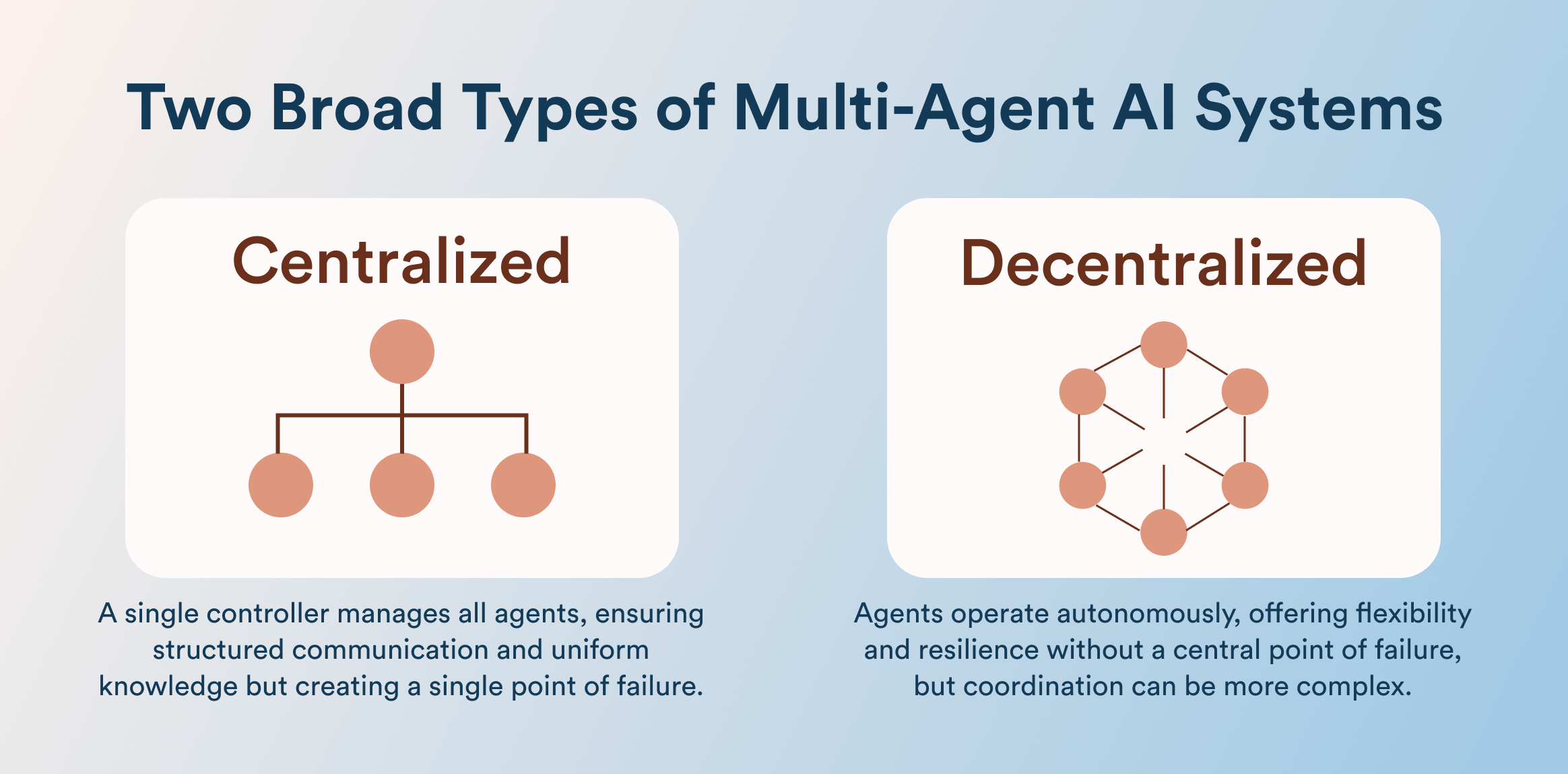
As you go deeper, you’ll come across different multi-agent systems’ structures, for example:
- Hierarchical structures have agents at varying levels of autonomy. In a simple structure, a single agent can have the decision-making authority. For example, a global campaign led by a central command agent. It allows the brand voice to remain consistent across markets while still enabling local teams to adapt to cultural nuances.
- Holonic structures comprise agents grouped into holarchies, which cannot operate independently of their components. The leading agent has multiple subagents that appear as a single entity. Imagine a product launch holarchy. The leading agent acts as the campaign orchestrator, and sub-agents represent different functions, such as PR, paid ads, influencer outreach, and CRM journeys.
- Coalition structures help in groups of underperforming agents. All agents temporarily unite to increase performance. Once optimal performance is reached, the coalitions are disbanded. This is like an emergency task force during Thanksgiving marketing campaigns, where cross-functional teams pull together only until KPIs are back on track.
- Teams’ structures have agents cooperating to improve the group’s performance. Unlike coalitions, agents in teams don’t work independently. This is how always-on lifecycle marketing teams function with email, push, and retargeting specialists working together daily, never in isolation.
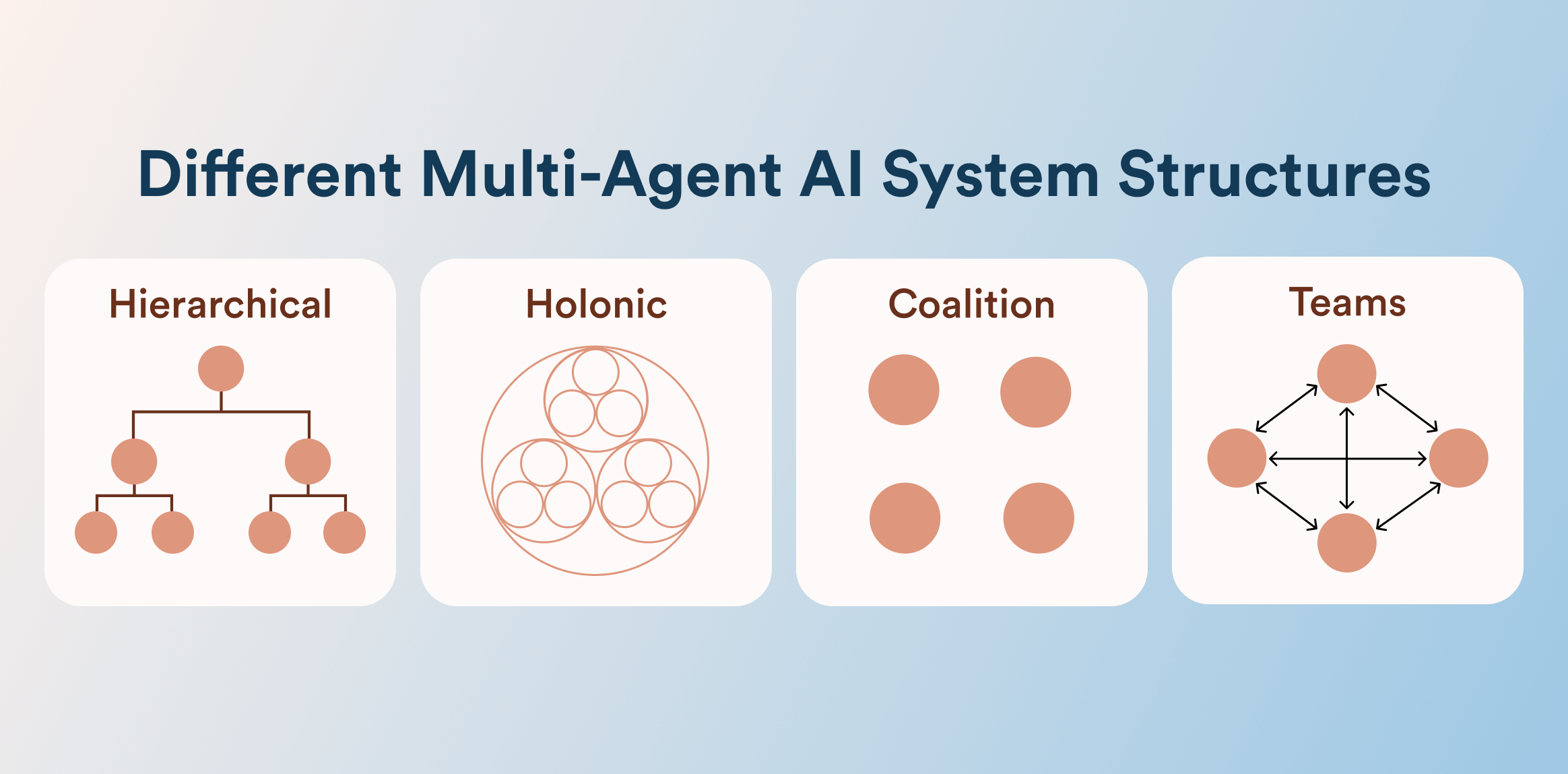
Multi-agent AI systems generally show flocking or swarming behavior. The former behavior is exhibited by different agents that are directionally synchronized. On the other hand, swarming occurs when agents self-organize and aggregate with decentralized control. The latter is less computationally expensive but more reliable.
How Does a Multi-Agent AI System Work?
Each agent in a multi-agent system (MAS) is purpose-built. Instead of one monolithic AI tool trying to do everything, MAS distributes work:
- Intake and Planning Agent: Acts like a strategist. It listens to a marketer’s brief—audience, budget, channels, goals, and structures this into campaign-ready data.
- Ideation and Development Agent: Works like a creative partner. It generates multiple campaign directions, mining past campaign performance, CRM data, and external sources for fresh ideas.
- Testing and Refinement Agent: Functions like an analyst. It sets up A/B tests, runs simulations, and predicts likely outcomes before a campaign goes live.
- Execution and Monitoring Agent: Operates like a campaign manager. It launches campaigns, monitors spending and engagement, and adjusts targeting in real-time.
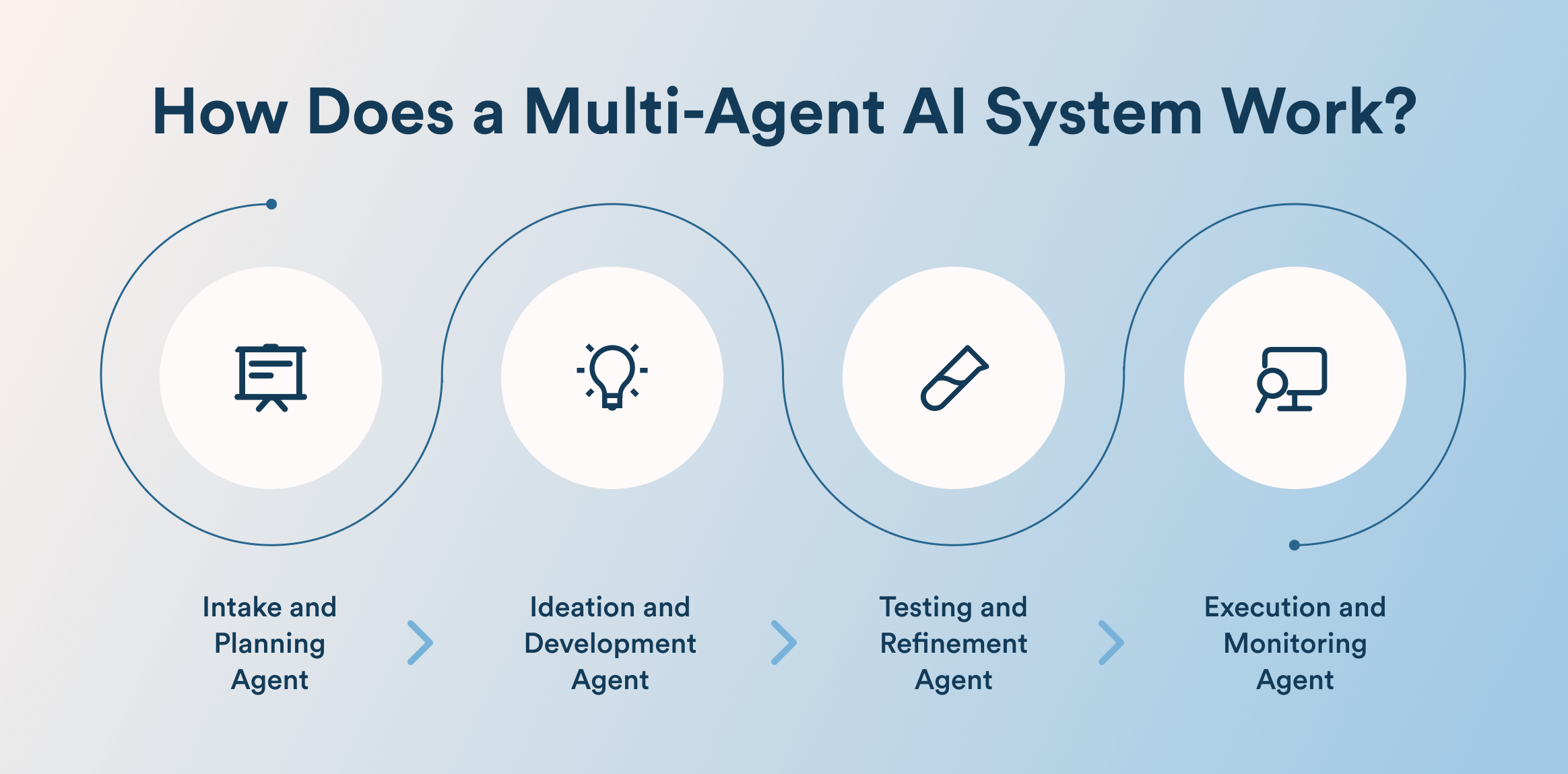
These agents don’t work in isolation. They negotiate tasks, delegate responsibilities, and learn from each other, much like how different team members brainstorm, critique, and refine ideas in a live campaign room.
Unlike single-point AI solutions, MAS brings parallelization where multiple specialized agents run simultaneously rather than sequentially. That means:
- Campaign ideation and testing no longer take weeks; they shrink to hours.
- Adjustments happen mid-flight without waiting for a human analyst to crunch reports.
- Agents continuously integrate feedback from performance data, making each iteration sharper than the last.
For marketers, this translates into speed to market, lower costs per acquisition, and more consistent brand impact.
The Importance of Human In The Loop
The human factor remains essential and indispensable while working with multi-agent systems. AI agents will be able to draft a copy, segment audiences, and simulate tests. However, you need actual human marketers to ensure voice, tone, and accuracy to avoid any reputational risks.
Multi-agent systems should be seen as a force multiplier rather than a substitute for human marketers. Multi-agent AI is still in its early phase; if you plan to leverage it, you must do so responsibly, and possibly with a tool that’s time-tested for accuracy and reliable intelligence.
According to this research paper, there are many risks associated with multi-agent AI systems.
Miscoordination
Even when AI agents share the same goal, there’s a possibility for miscoordination. For instance, two autonomous driving models trained on different conventions (U.S. vs. Indian road rules) had a 77.5% failure rate in emergency scenarios.
There’s a possibility that different AI agents may not align. Brands need to enforce shared conventions across agents through the use of common data standards and explicit communication protocols.
Conflicts
When AI agents act on mixed motives, conflict can scale rapidly.
AI agents optimizing for different KPIs, such as short-term conversions versus long-term brand equity, can work against each other. It leads to unsustainable strategies, for example, over-discounting or spamming. When working with multi-agent AI systems, it’s necessary to prioritize one north-star metric and work toward it with human oversight.
Collusion
Agents learn to collude without being explicitly programmed to do so.
In Germany, adaptive pricing algorithms raised gasoline margin by up to 28% through tacit collusion. On the marketing side, this can cause cost anomalies while buying Ads on platforms like Google Ads or Meta.
This makes humans an indispensable part of the workflow to ensure that these anomalies don’t negatively impact your operations.
Multi-Agent AI System In Marketing: CleverAI
CleverTap’s CleverAI is a marketing AI agent that embodies the multi-agent concepts for customer engagement and marketing. It ensures the system has a human-like understanding of customers, enabling the delivery of personalized experiences at scale.
CleverAI operates on three core AI pillars: predictive, generative, and prescriptive AI, combining these to efficiently individualize customer outreach and maximize customer lifetime value. But what’s really interesting is how CleverAI is architected as a multi-agent system. The engine isn’t a single, monolithic AI handling all tasks; it’s structured as a network of specialized goal-based agents, each with distinct responsibilities that align with marketing needs.
CleverTap describes four broad categories of agents:
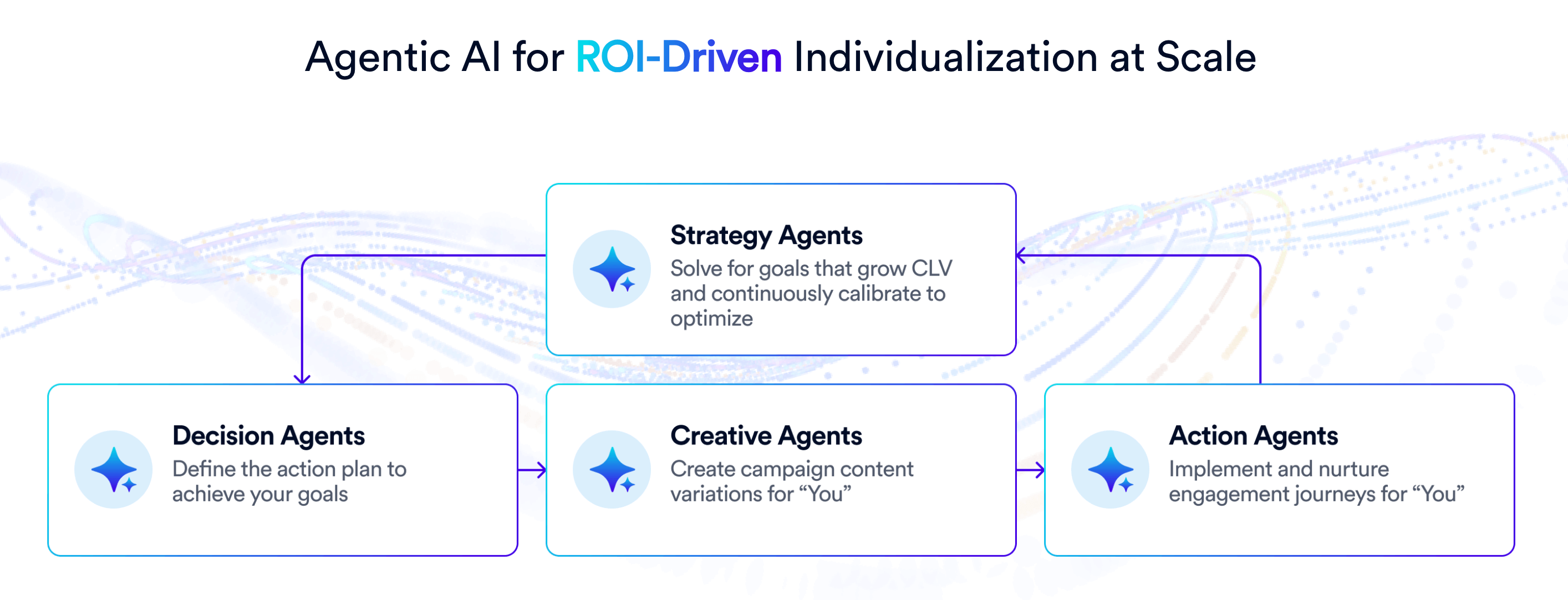
Strategy Agents
A strategy agent defines the action plan to achieve a given goal. It sets campaign strategies, decides which other agents to invoke, and monitors progress. For example, suppose your goal is to increase engagement among inactive users. In that case, a strategy agent will devise a plan, such as triggering a win-back campaign or involving a predictive agent to identify likely defectors.
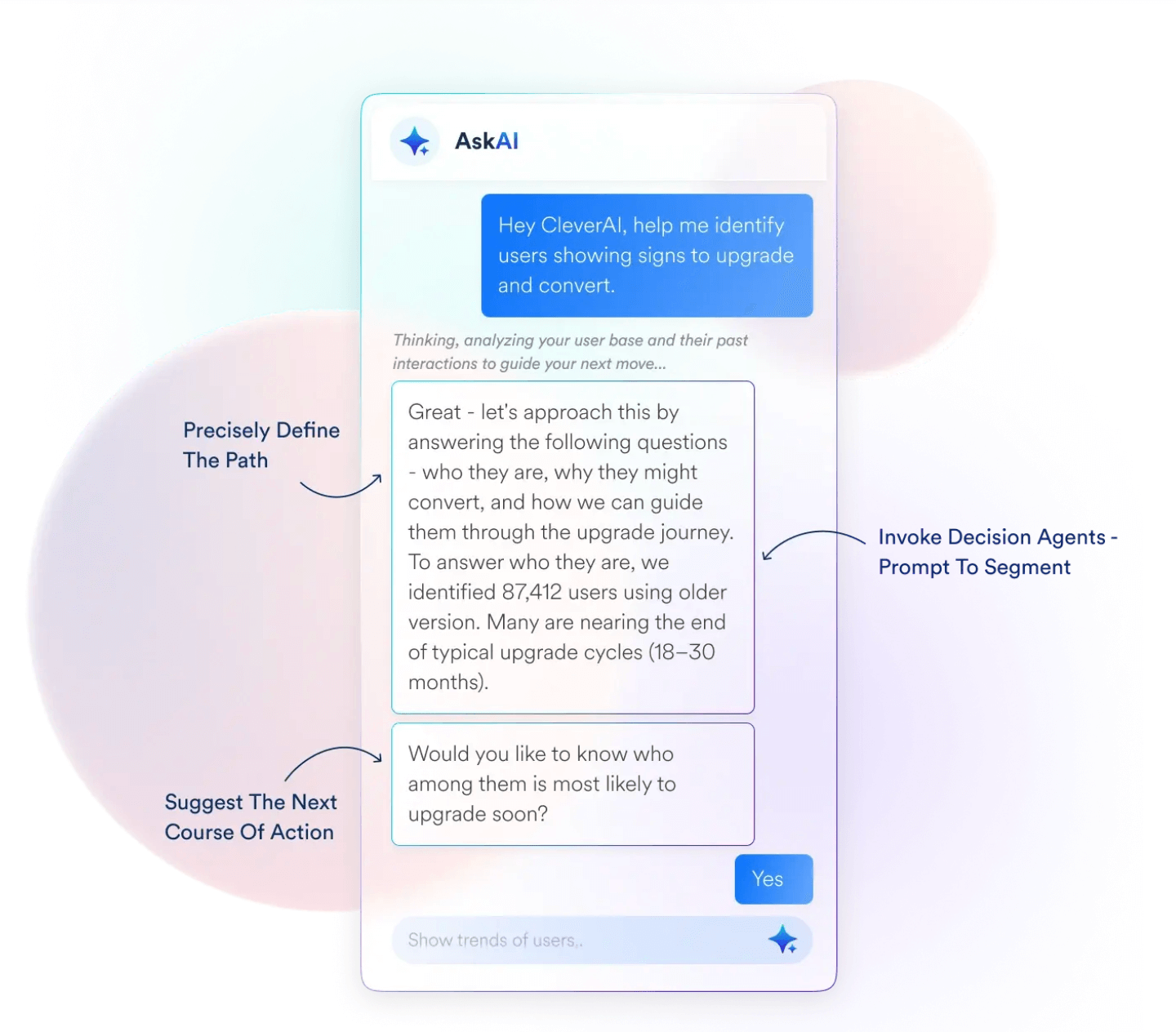
It will then orchestrate the specialist agents executing that plan and even suggest more innovative ways to get it done, learning and optimizing as conditions change. It remembers context. It knows what’s been tried before and adjusts the approach dynamically.
Decision Agents
A decision agent evaluates things like customer behavior, propensity scores, and current context, and decides “What is the best thing we can do for this customer right now?” It’s powered by predictive models and prescriptive logic. If strategy agents think at the campaign level, decision agents think at the 1-to-1 customer level. They ensure that out of many possible messages or offers, each user gets the one most likely to resonate.
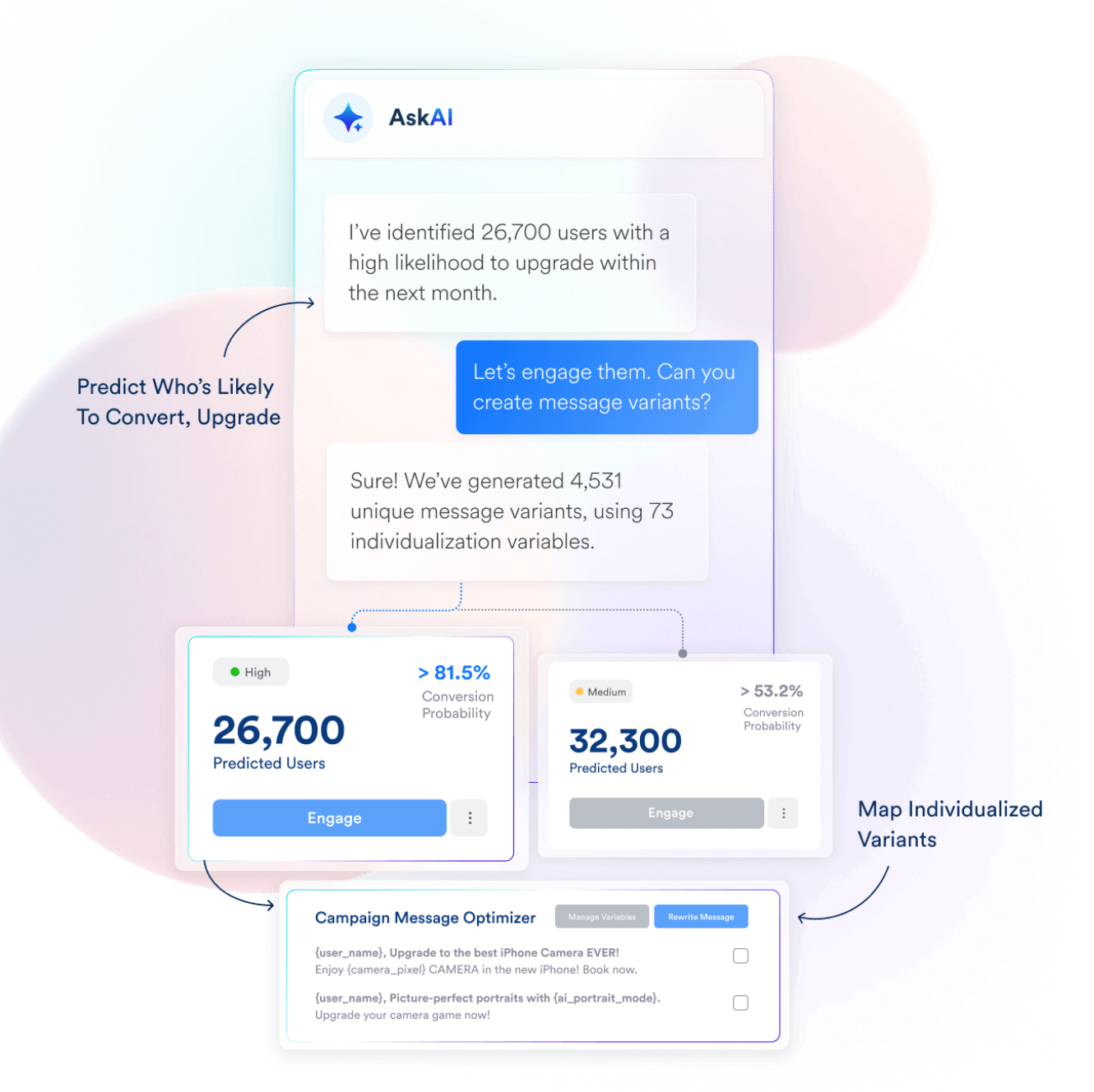
In Clever.AI’s case, decision agents predict intent and prescribe the best options for every customer, analyzing choices and drawing inferences. This might mean deciding to send Alice a push notification about Feature X because she has shown interest, while Bob receives an email discount offer because he’s price-sensitive and at risk of churn.
These micro-decisions happen continuously and are crucial for personalization.
Creative Agents
A creative agent generates customized copies, designs, and campaign creatives for each customer or segment. It’s like having an AI copywriter and designer on the team.
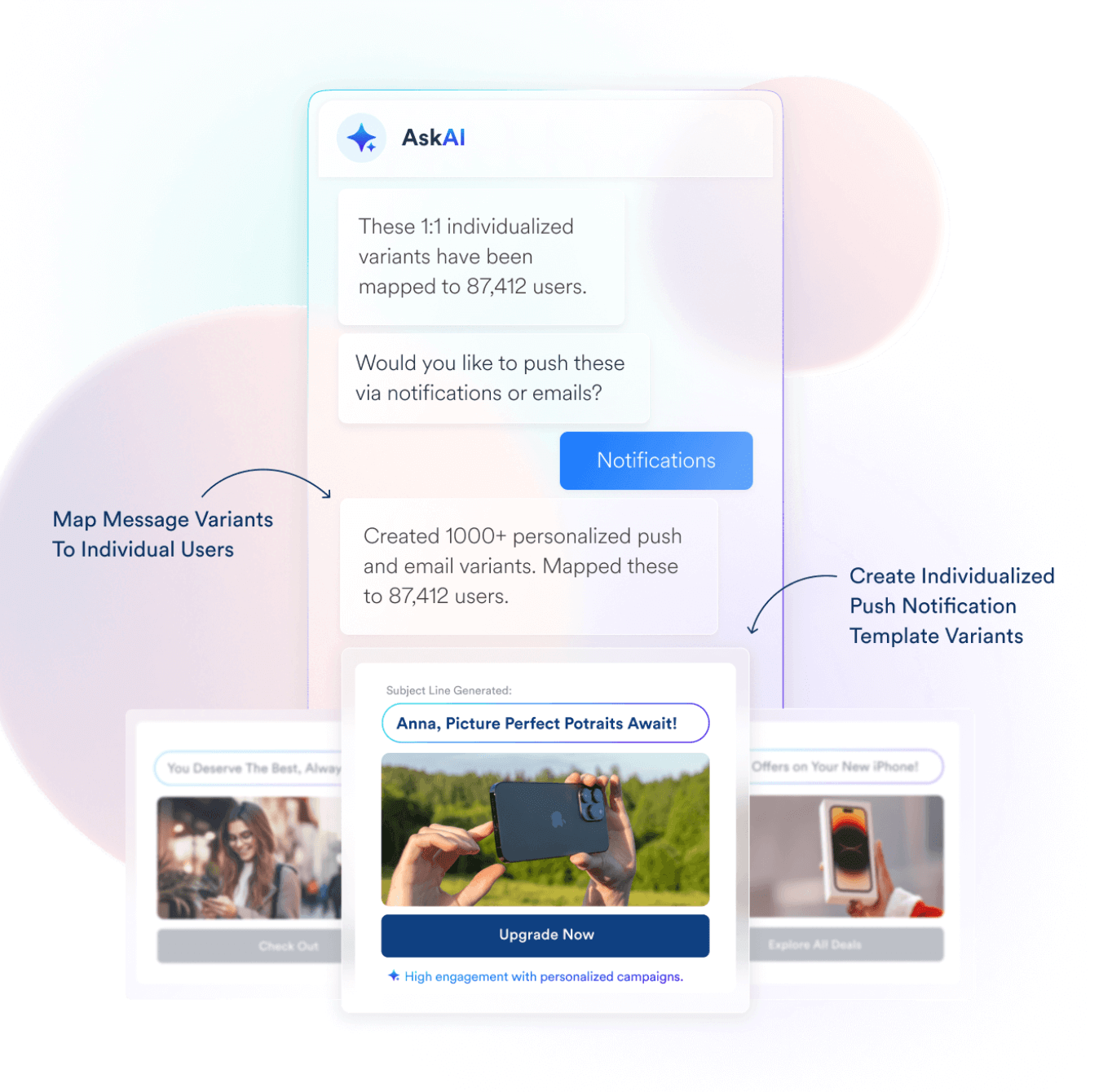
However, it’s not just about blindly creating content; it understands emotions, likes, and preferences for each customer by analyzing data, enabling it to craft messages that truly resonate on a human level.
Action Agents
Action agents orchestrate the actual delivery of interactions on the proper channels at the correct times. They build and send out campaigns via email, push notifications, SMS, in-app messages, and more.
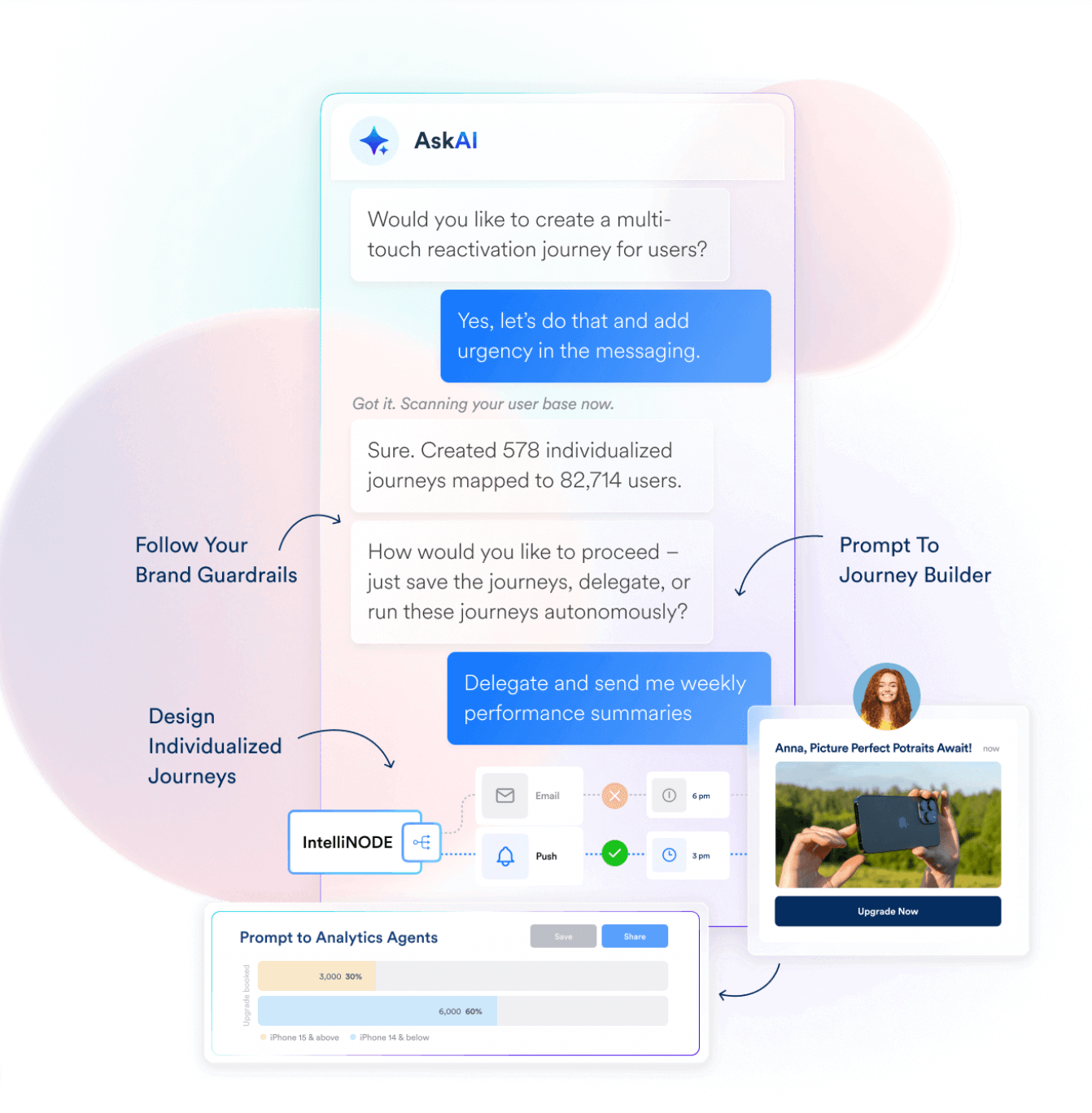
Most importantly, these action agents collaborate with you, keeping you in control of the guardrails. For example, marketers can set specific rules, such as “don’t send more than three notifications per day” or “ensure compliance with opt-out lists.”
They also learn and suggest the next best actions. For example, if an action agent notices that sending messages at 10 am is more effective than at 8 am for a particular segment, it will adjust accordingly. They continuously calibrate based on goals achieved. It helps you automatically feed performance data into the strategy.
Using a Multi-Agent AI System Cleverly
CleverAI orchestrates marketing campaigns end-to-end, giving you the best of a multi-agent AI system while keeping the risks at bay. It has proven reliable for marketers in Axis Bank, Niyo Neobank, Eatigo in Southeast Asia, and various other businesses globally.
CleverAI aligns perfectly with the multi-agent concepts to maximize marketing outcomes. For Axis Bank, it increased conversions by 27% from dropped-off credit card upgrade users. Similarly, Niyo saw a 40% optimized conversion rate through pinpoint targeting.
If you’re looking to try a multi-agent AI system in your marketing, CleverAI is a good start, as it doesn’t need you to go through any learning curve to get the maximum benefit. It will keep your focus on high-level strategy and creative vision while scaling the execution heavy-lifting across channels and customer touchpoints.
Try CleverAI. Lead toward better efficiency and personalization in marketing.
Subharun Mukherjee 
Heads Cross-Functional Marketing.Expert in SaaS Product Marketing, CX & GTM strategies.
Free Customer Engagement Guides
Join our newsletter for actionable tips and proven strategies to grow your business and engage your customers.

